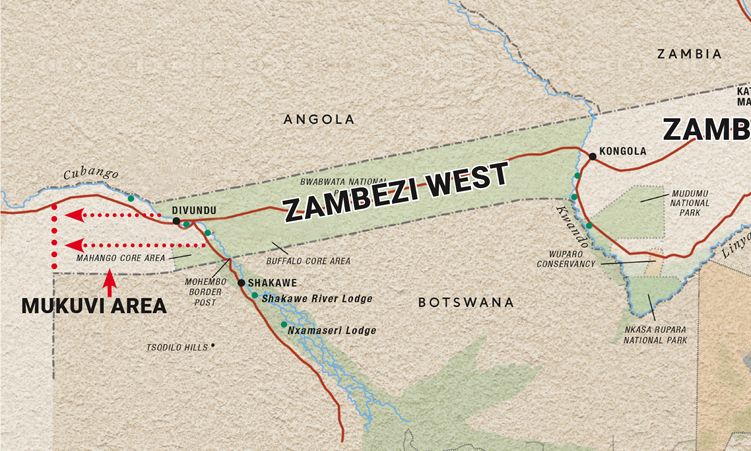North American political scientist, David Eaton, is known for depicting politics as the authoritative allocation of values.
This means politicians with state power have the authority to allocate values to people.
To some degree, these values will also have to reflect the needs and wants of the people. This is also similar to development.
If we were to benchmark a project or initiative as development, a critical question is “development for who?”
In attempt to answer this question, we refer to the work of American economist Michael Todaro, who submits that development should improve the quality of human life through three main aspects.
These are (1) raising people’s living standards (2) creating conducive conditions for the growth of people’s self-esteem, and (3) enlarging freedom of choice variables in the form of goods and services.
CHALLENGES
Namibia faces many socioeconomic challenges.
Unemployment is at a record high of 34%, while the youth unemployment rate is a staggering 48%.
Recent reports in The Namibian revealed that the average Namibian youth is financially dependent on their parents until the age of 27 and is unable to afford property.
In 2019, the Afro Barometer survey results indicated there is a public trust deficit in state institutions as many Namibians believe corruption has increased “a lot”.
These statistics indicate a serious need for state intervention in fostering development to improve the lives of Namibians.
‘GREEN JOBS’
It has been said the Green Hydrogen initiative will create about 18 000 jobs in Namibia, both in the construction and operational phases.
The director general of the National Planning Commission is also on record that the government aims to create 600 000 ‘green jobs’ by 2040.
The government and stakeholders have also come up with a number of scholarships to support the need for skilled workers as part of knowledge transfer between the government and stakeholders.
The initiative further aims to help industrialise Namibia by building up industry for renewable energy that can later be used to power industries.
Green hydrogen is anticipated to grow the Namibian economy by N$6 billion in 2030.
It is however important to note that economic growth cannot be singularly used to ascertain development, as it should rather be accompanied by decentralisation of income levels.
The initiative is hedged on possible future outcomes.
It also faces challenges in terms of international competitors who wish to pursue similar projects in their countries.
Among others, global power house America, has shown an interest in the sector.
Can Namibia compete against established world economies?
DEVELOPMENT FOR WHO?
Should Namibia proceed with the initiative after the two-year feasibility study, it would be required to get concessional loans for its 24% stake, thereby increasing our country’s foreign debt.
Recent reports have also revealed that the pilot projects to be carried out are owned by those in close proximity to power.
This poses the question: Development for who?
It indicates that should the opportunity proceed, only a few will benefit, lending credence to the mantra ‘the rich getting richer, and poor getting poorer’.
Previously failed developmental projects from the Nujoma and Pohamba eras can also be used to foreshadow the general trajectory of development in Namibia.
In 2001, the trade and industry ministry announced it a billion-dollar project involving a Malaysian clothing and textile company called Ramatex.
They did this by offering extra concessions on top of those offered by the export processing zones (EPZ), which were intended to make Namibia a conducive and investor friendly environment.
The extra concessions included water and electricity subsidies, a 99-year tax exemption on land use and over 100 million aimed at setting up infrastructure where the company would operate.
In return, the company was expected to create about 3 000 to 5 000 jobs in its first two years of operation, and another 2 000 jobs after that.
What resulted from the project was poor working conditions for locals and low wages.
Seven years after the company set up shop it announced it would be closing its doors. The workers were left destitute.
TIPEEG
Similarly, at the beginning of president Hifikepunye Pohamba’s second term, rising youth unemployment emerged as a major concern.
As a result, the presidency announced the Targeted Intervention Programme (Tipeeg) for employment creation and economic growth.
The programme was estimated to cost around 14 billion over three years and create about 104 000 jobs.
The 104 000 jobs were not forthcoming, and state house politicians claimed the programme was aimed at creating “job opportunities” and “not necessarily jobs”.
This is what former Windhoek mayor Job Shipulolo Amupanda posited in ‘The Original Sin of Economic Deals’ – that such dangerous phraseology should be cautioned against.
Development should be understood as an activity that fosters improvement.
While there is optimism in developmental programmes, we learn from economist Dudley Seers that governments themselves tend to be obstacles to development and for this reason we should be weary of the developments unfolding before us.
- Alpha Uzera is a student of political science at the University of Namibia
Stay informed with The Namibian – your source for credible journalism. Get in-depth reporting and opinions for
only N$85 a month. Invest in journalism, invest in democracy –
Subscribe Now!






